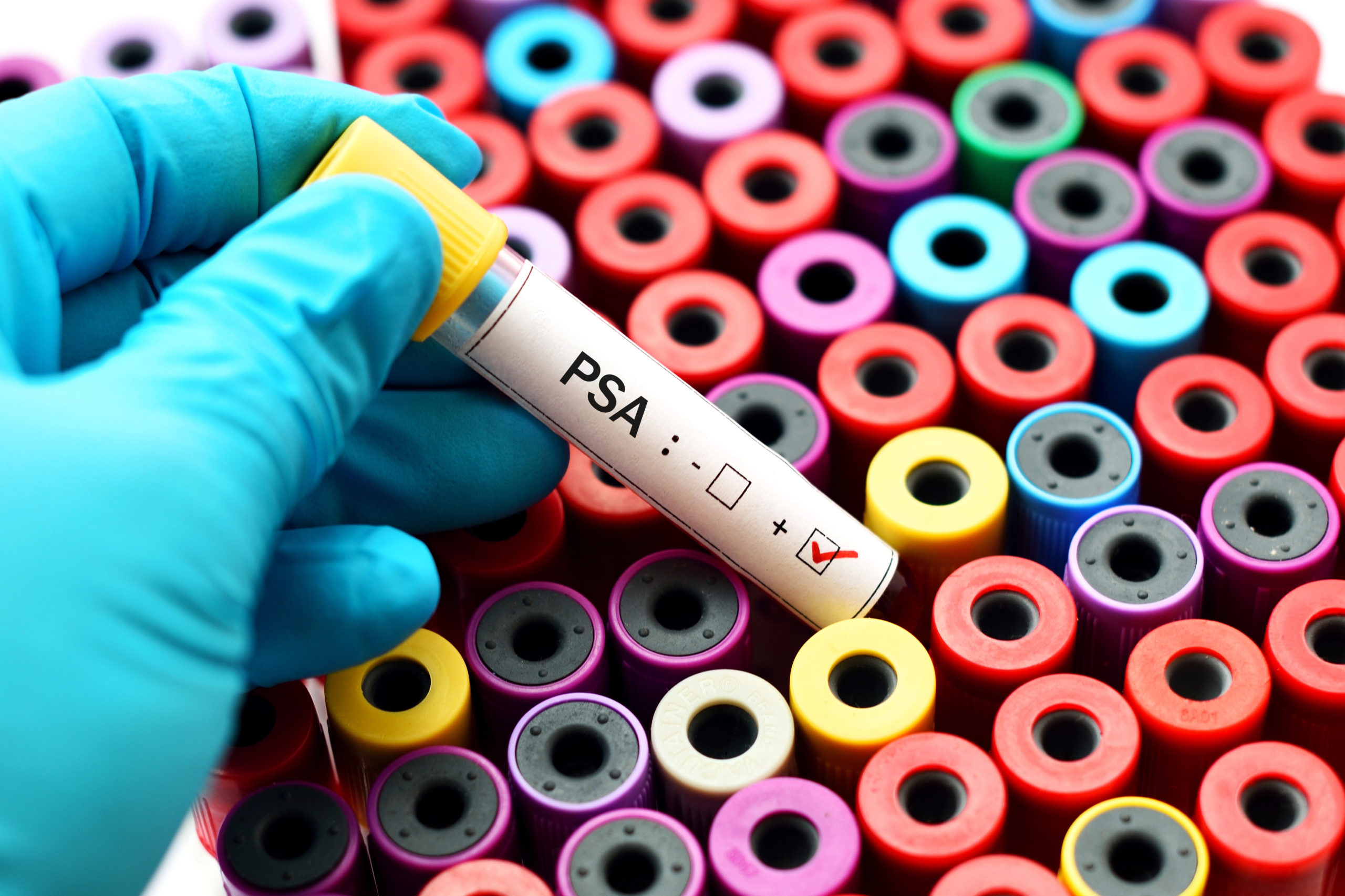
Prostate-specific membrane antigen (PSMA) positron emission tomography/computed tomography (PET/CT) is frequently used to stage primary and relapsing prostate cancer. However, patient factors such as body weight and other aspects such as variability among scanners can affect results.
A recent study performed total-body kinetic modeling to explore values of parametric Ki imaging in total-body 68Ga-PSMA-11 PET/CT in patients with prostate cancer compared to the semiquantitative standardized uptake value (SUV) method. They presented their results at the Society of Nuclear Medicine and Molecular Imaging (SNMMI) Annual Meeting.
“Conventional PET scanners face several limitations to achieve a high-quality parametric imaging, including low signal-to-noise ratio due to limited temporal resolution and sensitivity, as well as short axial field of view,” wrote the authors, led by Ruohua Chen.
The researchers acquired dynamic total-body 68Ga-PSMA-11 uEXPLORER PET/CT scans from 10 patients with prostate cancer. Analysis included a total of 39 lesions: 7 primary prostate tumors, 14 lymph node metastases, and 18 bone metastases.
All 39 lesions detected by 68Ga-PSMA PET/CT were also visually identified by Ki parametric imaging. In addition, Ki imaging detected another 14 lesions (8 lymph node metastases and 6 bone metastases) that had been missed with the conventional SUV method.
“Parametric imaging of Ki demonstrated an improved lesion visualization and detectability compared to SUV, especially on small-sized lesions (less than 5 mm) like [lymph node metastases and bone metastases],” the authors concluded. “Quantification using parametric imaging may serve as a non-invasive, valuable, and high-accuracy diagnostic tool that added values to precision diagnosis in clinical practices.”







 © 2025 Mashup Media, LLC, a Formedics Property. All Rights Reserved.
© 2025 Mashup Media, LLC, a Formedics Property. All Rights Reserved.